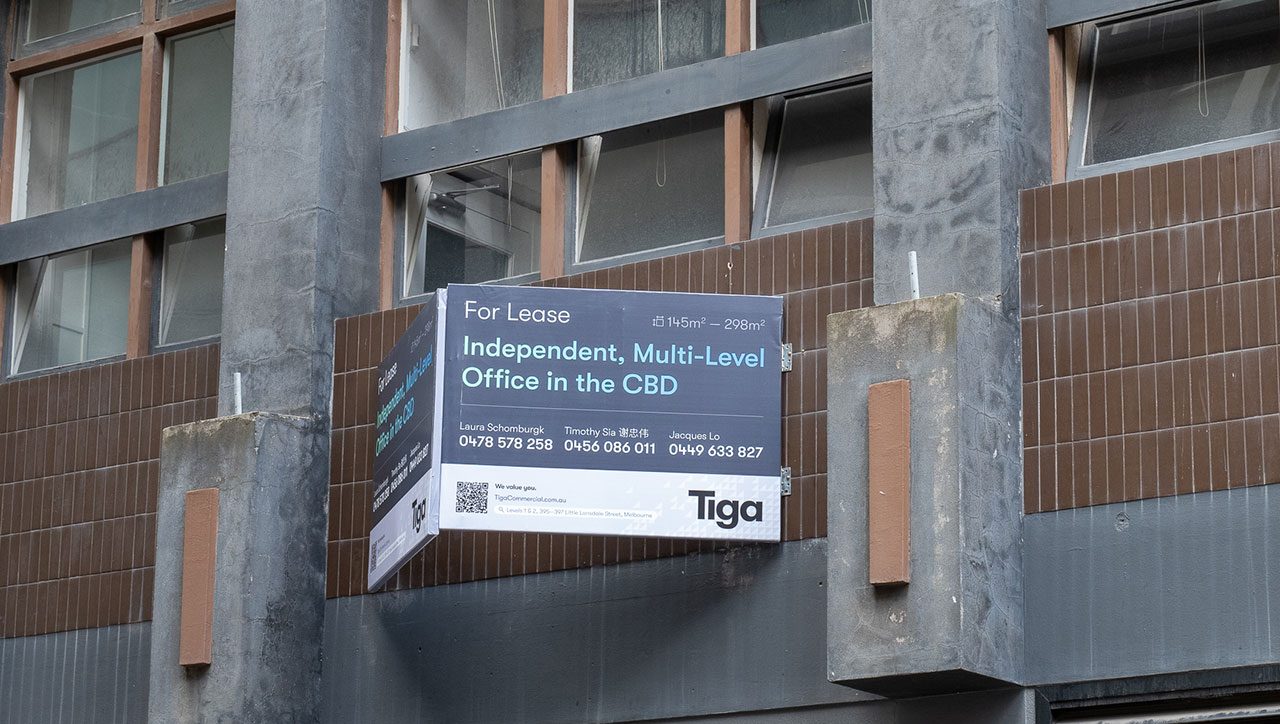This article is from the Australian Property Journal archive
FY24 is emerging as a challenging period for investment, as capital flow and market sentiment is tanked by elevated interest rates.
According to Dexus’ Australian Real Estate Quarterly Review for Q3 2023, business confidence is beginning to be weighed down by weaker consumer sentiment.
While forecasting a more subdued outlook for real estate leasing in FY24, with GDP growth anticipated to slow to 1.2% in Q4 2023, Dexus is still predicting healthy occupier demand in the long term, driven by strong population growth, which is set to for a 1.4% uptick over the next five years.
With the cost of capital up, investors are re-evaluating pricing across all asset sectors.
This after office funds returned a decline of 3.9% over the year, compared to industrial funds which returned a positive 6.4% result. While unlisted retail returns were up 1.1% in the year to June.
AREITS saw a moderate recovery over the third quarter, from their discounted position, recording 3.4% in the quarter and 8.1% for the year.
In the commercial sector, high interest rates will continue to create a challenging landscape, with transactions volumes plummeting in response to a high cost of capital.
Transaction volumes over both the first and second quarter were at a decade low, with the office sector seeing the smallest number of deals.
Office
In the office sector, occupiers continued to seek out centrally located offices and amenity to retain talent.
With net absorption of premium space within the Sydney, Melbourne, Perth and Brisbane CBDs, far stronger over the year than for all other grades, at total positive of 173,000 sqm compared to negative 89,000 sqm.
“A flight-to-quality theme continued for office markets as occupiers favour offices with amenity that appeals to staff. Over the past year, net absorption of Premium space has been stronger than other grades,” said Peter Studley, head of research at Dexus.
“While in the Sydney CBD, a ‘flight to core’ has seen net absorption in the core of the CBD exceeding all other precincts.”
For example, premium vacancy rates in the Brisbane and Perth CBDs were down to 8.1% and 6.7% respectively.
With prime net effective rents in the Sydney CBD at 6.0% pa, exceeding secondary at 0.7% pa.
Total vacancy was highest in the Perth CBD at 18.5%, followed by the Melbourne CBD at 16.2%, the Sydney CBD at 14.4% and the Brisbane CBD the tightest market at 12.6%.
The Sydney CBD led rent growth per annum at 8.0%, followed by the Brisbane at 6.7%, the Melbourne CBD at 2.7% and the Perth CBD at 1.7%.
Industrial
While fundamentals in the industrial sector remain strong, consumption indicators suggest an approaching period of slower leasing demand after two years of record levels.
“In industrial markets, vacancy remains low, providing support for rents, The sector is beginning to see a normalisation after a period of strong performance, driven by slowing consumption indicators,” added Studley.
Industrial rents will remain supported by low vacancies, with net face rents in major markets increasing by between 12% and 32% over FY23.
Outer West Sydney saw the greatest level of existing prime net face rental growth, up 32.0% per annum, followed by South Sydney up 27.2%, West Melbourne up 25.0%, East Perth up 23.9%, Inner West Sydney up 22.5% and Southern Brisbane up 12.4%.
While Outer West Sydney saw a 0.50% increase in prime cap rates from Q1 2023, With West Melbourne, East Perth, South Sydney and Inner West Sydney all up 0.25% and Southern Brisbane up 0.13%.
Transaction volumes were down over Q2 2023, with investors cautious due to the rising interest rate environment.
The market saw $1.6 billion in industrial transactions over the quarter, which was down by more than 50% on the historical run rate.
Retail
Retail turnover was up 4.2% over the year to May, while discretionary spending was weaker than non-discretionary spending.
With many households focusing more on essentials and mortgage repayments, as budgets tighten due to high interest rates.
“The changes in consumer behaviour are reflected in the main retail spending categories. The focus on essentials means that the pharmaceuticals, cosmetics and supermarket categories were among the stronger categories in the year to May,” read the report.
“However, spending growth for discretionary items is easing. Department stores and the clothing and footwear categories both slowed over the quarter, while household goods saw an outright contraction.”
While Cafes, restaurants and takeaway on the other hand now make up 34% of discretionary spending compared to 31% in May 2022.
“Retail turnover was slower through the quarter, particularly for discretionary spending. On a positive note, vacancy tightened across most centre types over the past year,” said Studley.
For shopping centre assets, vacancy rates have been tightening, with Sydney centres trending towards an average of 1.9% for sub-regionals and 4.2% for neighbourhoods.
Likewise in South-East Queensland, specialty vacancy in neighbourhood centres fell to 3.1% in Q2 2023.
Shopping centre rents were also largely improved over FY23, with specialty rents in Sydney up 0.1% regional, 0.2% for sub-regional and 0.2% for neighbourhood q-o-q.
While speciality rents for Melbourne centres were up 0.2% for regional, 0.2% for sub-regional and 0.3% for neighbourhood.
South-East Queensland speciality rents were up 0.2% for regional, 0.2% for sub-regional, while neighbourhood centre rents were down 1.3%.




